Nature reports
Publisher: Wageningen Environmental Research
Page 1 of 4 - 31 Results
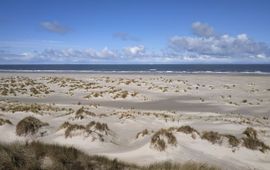
Dunes are considered to be essential for coastal protection. In countries like the Netherlands, where one third of the country is below sea-level, it is crucial to understand how they grow. Sand will play a role, of course, but..
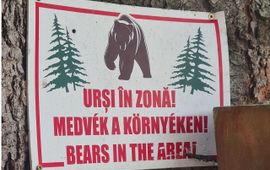
As human populations grow and climate change alters habitats, conflicts with Eurasian brown bears are on the rise. Wageningen University & Research has developed the Human-Bear Conflict Radar, an online tool that uses modelling..
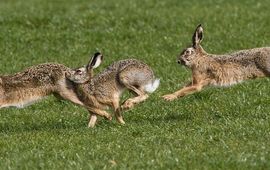
Animals lose dander, mucus and hair that end up in the air. Would it be possible to collect and analyse those traces to map local biodiversity? This was the main question of a Danish research team. The team placed an air sampler..
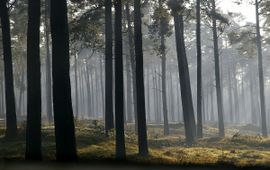
Climate change has an effect on forests and trees. They suffer from heatwaves and periods of drought. Although we see tree mortality increase as a result, much is still unknown about the underlying mechanisms. ..
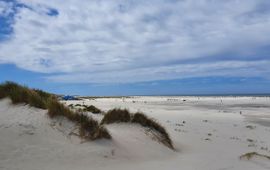
Visiting the beach and enjoying the sun and the sea. For many of us, this is an important way to relax in warm weather. However, Dutch beaches are becoming increasingly crowded. This means that it is not only difficult to find a..
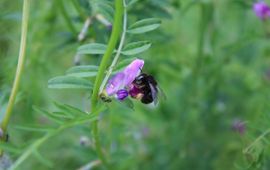
Since 2018, researchers from Wageningen University & Research have been measuring bees and flowers across the Geuldal area of South Limburg to understand how to improve habitat for bees. A recent study shows that across five years..
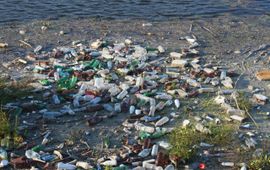
Plastic pollution is a global problem and Dutch rivers are no exception. Anyone who has ever walked along their banks will know the sight of bottles, caps and food packaging. But some of that litter may originate from elsewhere...
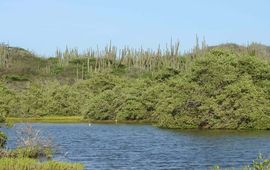
Aruba has seen a major increase of its wetland areas protected under the Ramsar Convention. On 10 November 2023 the Aruban Minister of Nature announced the official designation of four new Ramsar sites. With also the extension of..
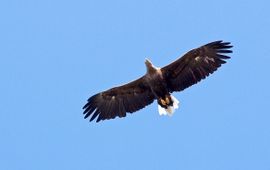
What are the negative consequences for birds of prey now that the number of wind turbines in the Netherlands is only increasing? And how can we prevent them? ..
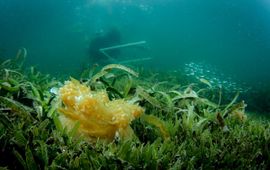
Researchers from Wageningen University & Research and the University of Amsterdam report on a fascinating case of competition between an animal and an invasive pIant. In tropical ecosystems, photosynthesizing organisms are..
